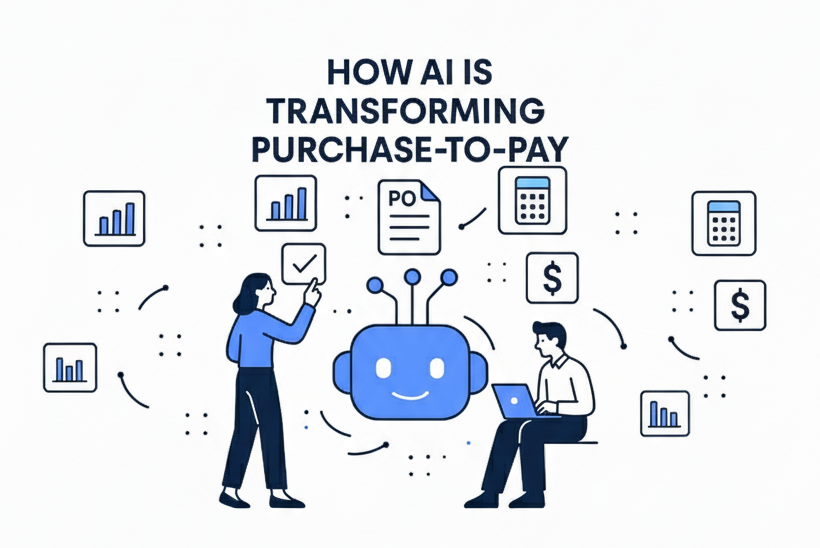The Impact of Autonomous Delivery Vehicles on Logistics and Supply Chain Management
- Bogdan Büchner

- Aug 24, 2023
- 3 min read
Autonomous delivery vehicles have been tested by many companies, with more positive benefits being reported. Furthermore, more value is predicted for the future. However, there are still many challenges to be overcome before supply chains fully embrace autonomous delivery vehicles.
Autonomous delivery vehicles (ADV) are vehicles that are capable of driving themselves without the presence of a human driver.
The use of autonomous delivery vehicles has the potential to revolutionize logistics and supply chain management by reducing operational costs, improving efficiency, and enhancing customer service.
Benefits of Autonomous Vehicles
The following are some of the ways that autonomous delivery vehicles could impact logistics and supply chain management:
1. Cost Reduction
The use of ADVs in logistics and supply chain management can lead to significant cost reductions. ADVs eliminate the need for human drivers, which reduces direct labor costs as well as other costs such as insurance and accident liability. Using ADVs, companies can optimize routes and improve fuel efficiency, leading to further cost savings.
2. Improved Efficiency
Autonomous delivery vehicles have the advantage of operating 24/7 without the need for rest periods or breaks. As a result, product deliveries are made faster and more efficiently.
Companies can program ADVs to optimize routes to reduce delivery times and fuel consumption and stick to ideal driving speeds, improving overall logistics efficiency.
3. Enhanced Customer Service
ADVs can provide real-time delivery updates, allowing customers to track their deliveries and receive more accurate delivery times. ADVs can also reduce delivery times, ensuring that customers receive their orders faster and with greater accuracy.
4. Safety
One of the biggest concerns with the use of autonomous delivery vehicles is safety. However, ADVs are equipped with sensors and advanced software that can help prevent accidents. Autonomous vehicles can operate more consistently than human drivers, reducing the risk of accidents caused by human error.
Challenges facing the use of autonomous vehicles
Despite the potential benefits we have discussed, there are also some challenges that need to be addressed. The following are some of the challenges that need to be considered:
1. Legal and Regulatory Issues
The use of autonomous delivery vehicles raises legal and regulatory issues. Governments need to establish regulations and guidelines to ensure that ADVs operate safely and effectively. Additionally, liability issues need to be addressed in the case of accidents involving ADVs.
2. Technological Limitations
ADV technology is still relatively new, and there are some technological limitations that need to be addressed. For instance, ADVs may struggle to navigate complex terrain or challenging weather conditions. These limitations may require additional research and development to ensure that ADVs can operate effectively in all situations.
3. Workforce Disruption
The widespread adoption of ADVs could potentially disrupt the workforce in logistics and supply chain management. The use of ADVs could eliminate some jobs currently performed by human drivers, requiring businesses to restructure their operations and find new roles for their employees.
Conclusion
The impact of autonomous delivery vehicles on logistics and supply chain management could be significant.
The potential benefits of ADVs include cost reductions, improved efficiency, enhanced customer service, and safety. However, there are also some challenges that need to be addressed, including legal and regulatory issues, technological limitations, and workforce disruption.
Overall, it is clear that the use of autonomous delivery vehicles is a trend that is here to stay, and businesses that embrace this technology will be better positioned to compete in the future.



